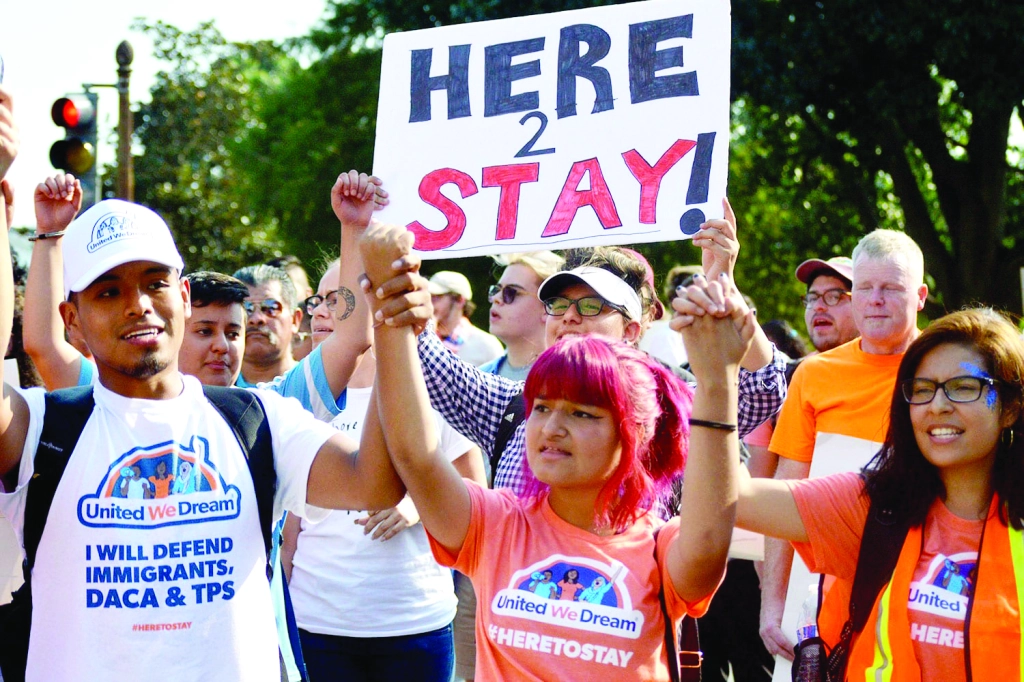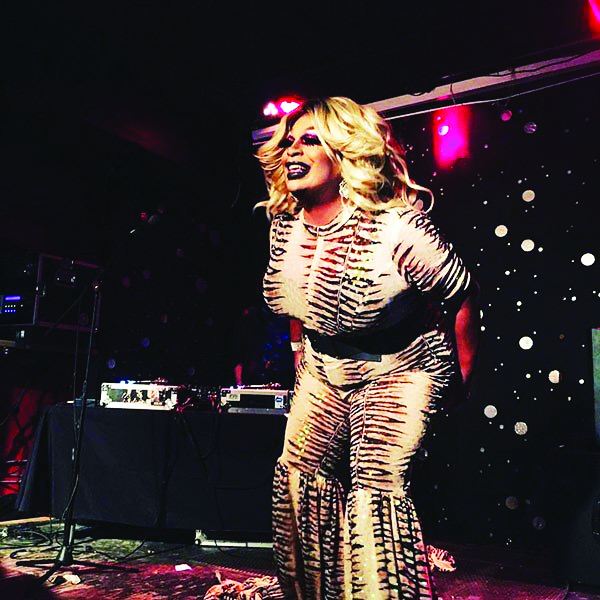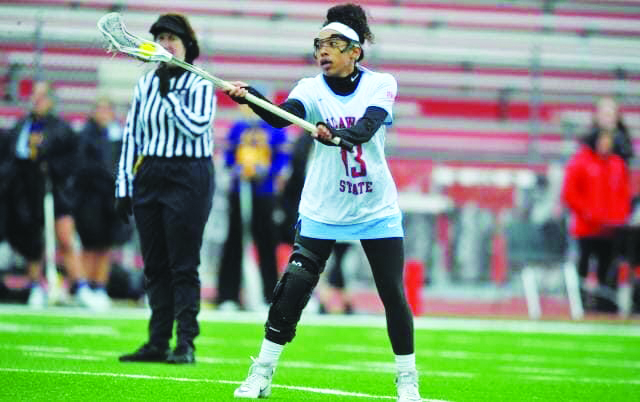By Angie Tangarife
West New York, N.J.
Over the last year, protests and movements regarding police reforms have spiked. The outrage over the deaths of Black people at the hands of law enforcement was expressed through protests, writings, and petitions. Victims like George Floyd, Breonna Taylor, Elijah McClain, and Daunte Wright sparked a revolt against police bru-tality.
Views of law enforcement vary greatly. Some believe police are necessary, others advocate for the complete abolition of law enforcement. However, there is common ground where some can agree: that law enforcement is not what it should be. On one hand, saying the police sys-tem is not what it should be can mean we need a system like this to exist, but the current organization is not ideal. On the other hand, this statement can also argue for police abolition.
These are the sides in which Kevin Lawrence, executive director of TMPA (Texas Municipal Police As-sociation), and Gina Feliz, rising senior at Princeton University and president of SPEAR (Students for Police Education Abolition and Reform), fall. Each brings their unique opinions to the topic of police violence.
Kevin Lawrence has served as a law enforcement officer for 22 years. Throughout his career he served as the Treasurer and President of TMPA, and was also the Deputy Executive Director from 2000 to 2010, now Executive Director of the TMPA. He also worked with many police departments. Lawrence has been an involved officer, and uses his experiences to share his opinion. Gina Feliz is Co-President of SPEAR which concentrates on anti-carceral activism, police abolition, and law enforcement reforms. SPEAR’s take on police abolition is as Feliz states, “what it sounds like: getting rid of the police.” Adding that “as [they] exist now, there is no way to dis-entangle policing as an institution from systemic historical racism.” Feliz has been part of SPEAR for 3 years. She states that before college, she never engaged in criminal justice, although she was heavily politically involved and aware. Currently at Princeton, she is studying public policy and has learned about the a harms of prison and policing, driving her to become the radical police abolitionist she is.
Even with these two extreme beliefs, and how deeply involved each individual is with the cause they support, there is common ground.
When asked about Black Lives Matter, Lawrence has an astonish-ing recall on his reaction to the murder of George Floyd. It was a normal evening sitting down in his bedroom. In the tranquility of his home, he was interrupted by his wife. Sounding dis-turbed, she told him to “watch this video,” Lawrence recalled. The video showed several officers kneeling on George Floyd. Lawrence’s wife, a former probation officer, stated that “it’s not like she has never seen this type of stuff before.” The video captures the mo-ment Floyd’s life is taken by Officer Chauvin, who kneeled on his neck for 9 minutes and 29 sec-onds. The start of the video seemed common to Lawrence; the kneel-ing technique is taught to officers to deal with individuals resisting arrest. But Lawrence became worried at the kneeling on Floyd’s body. As if there, he began talking to the phone. “OK, it’s time to get up. It’s time to move to the next phase,” Lawrence said, then words became yells of desperation as a fellow officer. He could not comprehend the lack of care the officers had for Floyd. Lawrence stated “look at what you’re doing to that man on the ground, but think what you are doing to nine hundred thousand other law en-forcement officers across this country… they’re all gonna be judged based off what you’re doing right now.”
The video was disturbing to thousands and went viral on social media. Similarly, Feliz was overwhelmed by the news. She made the de-cision to not watch the video nor share its con-tent. Lounging at her house, post-finals, in the middle of the pandemic, she found out about the incident through social media. The feeling of hopelessness drove her to contact a former SPEAR member and friend to organize events as well.
Two individuals with opposite views on law enforcement, yet have similar reactions. The sudden news was like a blow to the stomach, as each realized law enforcement was not acting as it should. Over this, both advocates shared common ground.









